4-ingredient vegan garlic aioli is the easy, creamy condiment that's the perfect dipping sauce for spicy Buffalo tofu or spicy cauliflower nuggets, topping savory veggie burgers, or loaded vegan twice-baked potatoes. With our foolproof method for prepping raw cashews, you'll be the master of smooth sauces with no added oil.
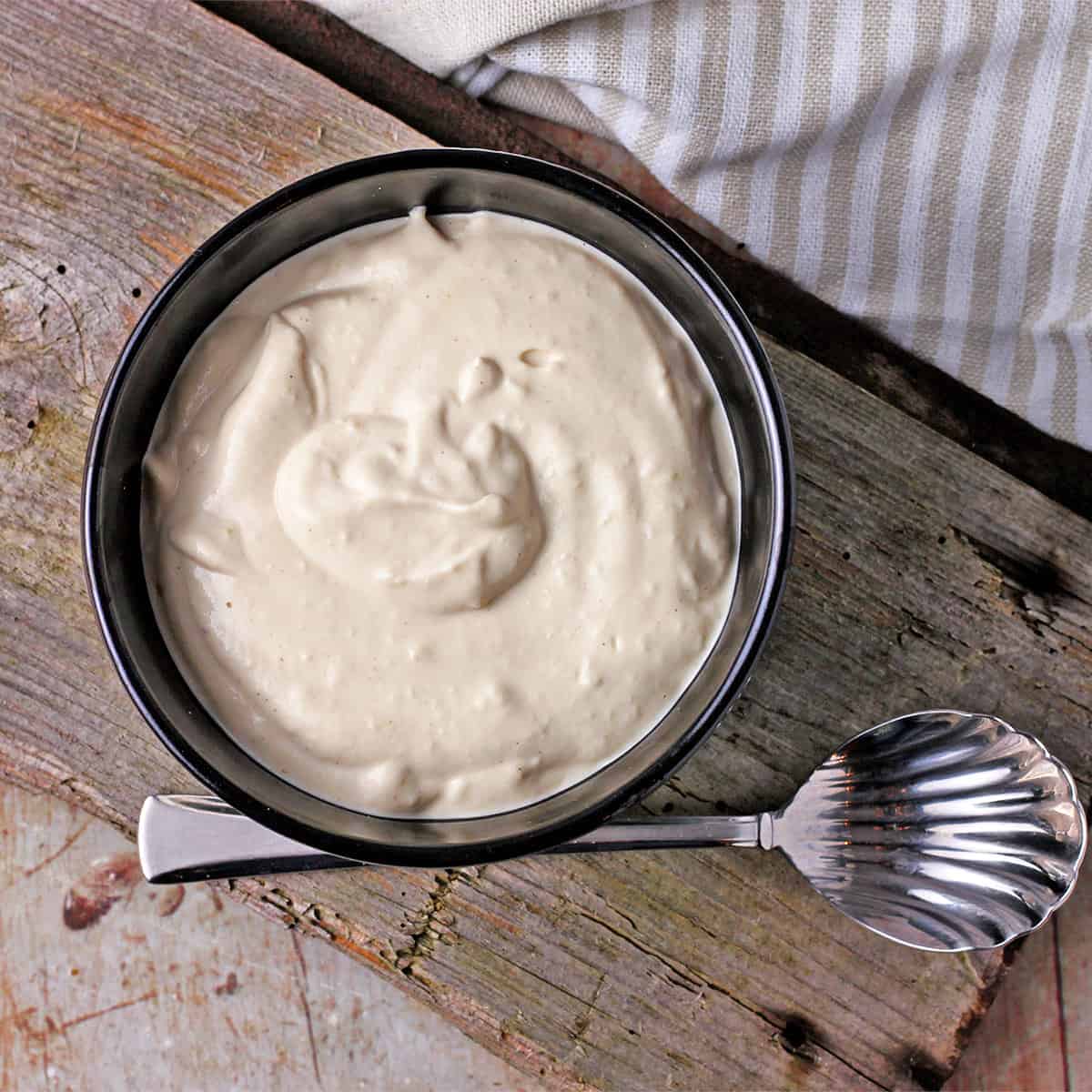
Table of Contents
Why You'll Love This Recipe
This easy recipe combines simple ingredients with 15 minutes of inactive time while you soak the cashews, plus 5 minutes to make the sauce.
Many recipes, including those for traditional aioli, use a lot of added vegetable or canola oil. Raw cashews have half the saturated fat of oil. That's what we're talking about regarding recipes with no added oil.
Ingredients, Notes, and Substitutions
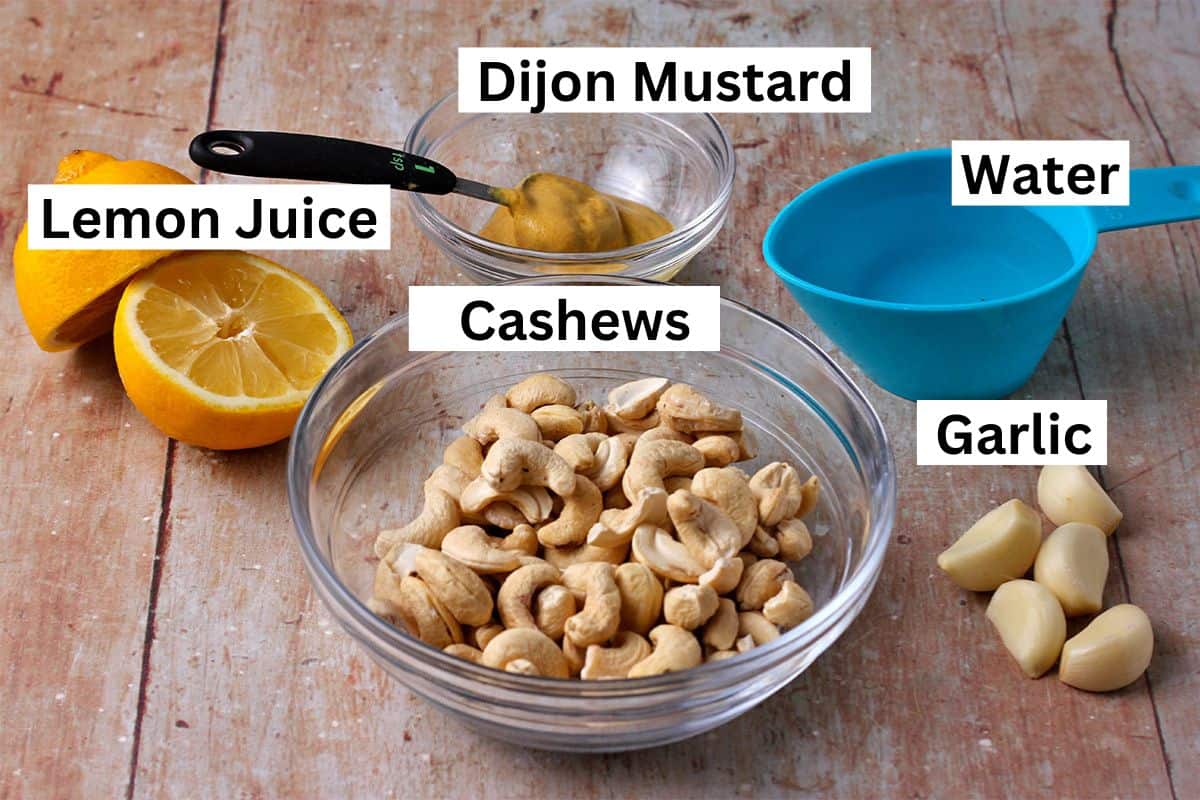
Cashews. Recipes using raw cashews have a creamy texture and the best flavors.
Dijon mustard. Dijon mustard is the secret ingredient for aioli (and homemade vegan mayonnaise. Use grainy mustard or yellow mustard as a substitute.
Lemon juice – Fresh lemon juice is always best, and you can add a little lemon zest if you like. The bottled kind works here too. A drop of apple cider vinegar can be added for a sourer flavor.
Garlic. The sharp flavor of raw garlic is the essential ingredient here. If you don't have a good garlic press, I recommend mincing peeled garlic cloves, then mashing them, which softens them. You can use garlic powder for additional flavor, but it won't replace the simple flavor of raw or roasted garlic. You're unlikely to use an entire garlic head, but ultimately, how much garlic you use is entirely up to you.
Please see the recipe card at the bottom of this post for the complete list of ingredients, measurements, and instructions.
Recipe Variations
You can make this exact recipe using sunflower seeds. If you try this approach, it's best to grind rather than soak sunflower seeds when making creamy sauces. You'll likely need to add extra lemon juice and mustard. That was my experience when making vegan sunflower seed sour cream.
For a nut or seed-free aioli, you can also use 1 cup of silken tofu or a combination of a few cashews with the tofu.
Step-by-Step Instructions
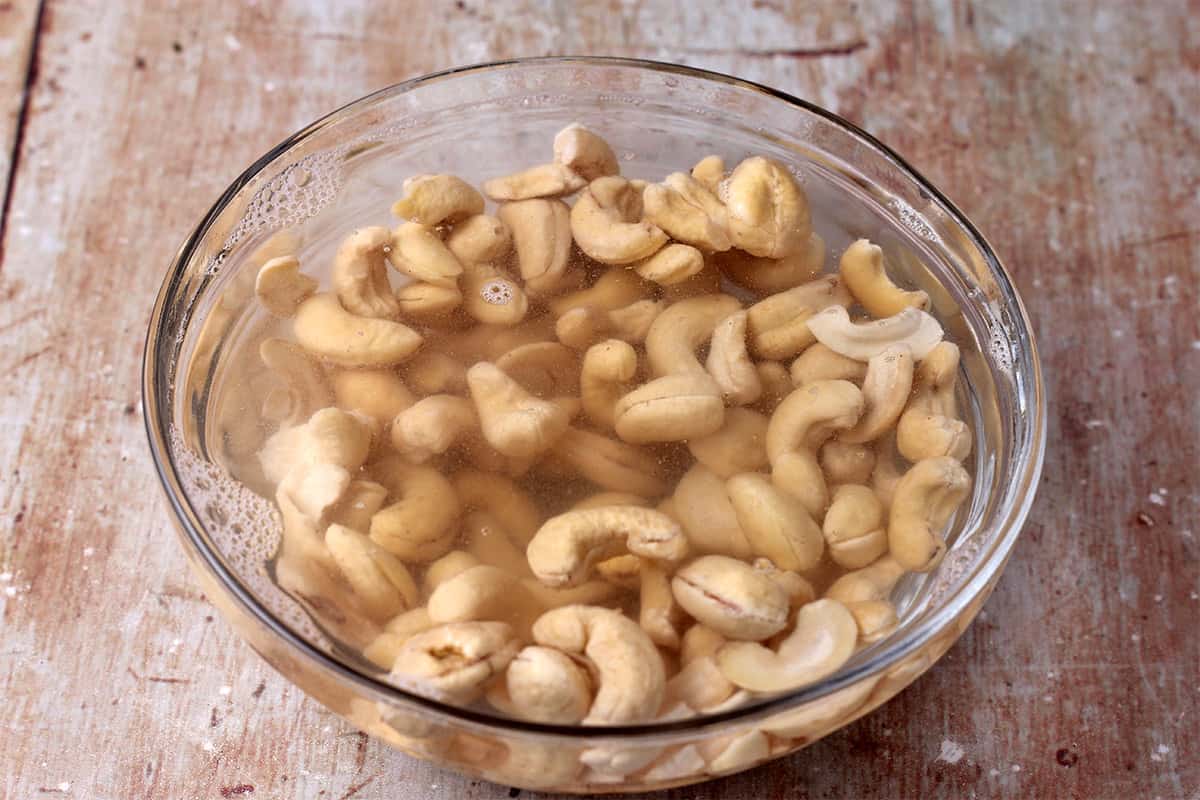
Step 1: Add the cashews to a small bowl and cover them with boiling water. Soak them for at least 15 minutes.
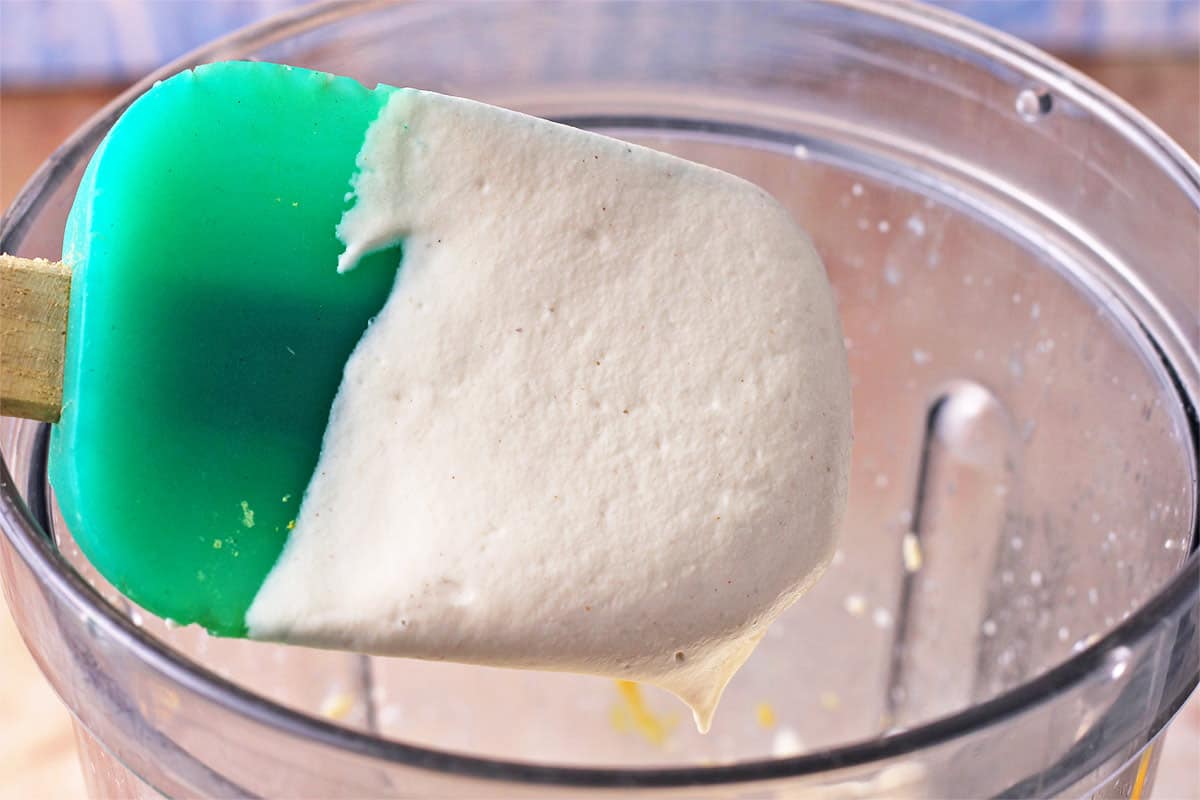
Step 2: Drain and rinse the cashews. Add the cashews, mustard, lemon juice, and ¼ a cup of cold water to a blender or food processor. Blend, then use a rubber spatula to scrape the sides. Continue blending and add more water until it is smooth.
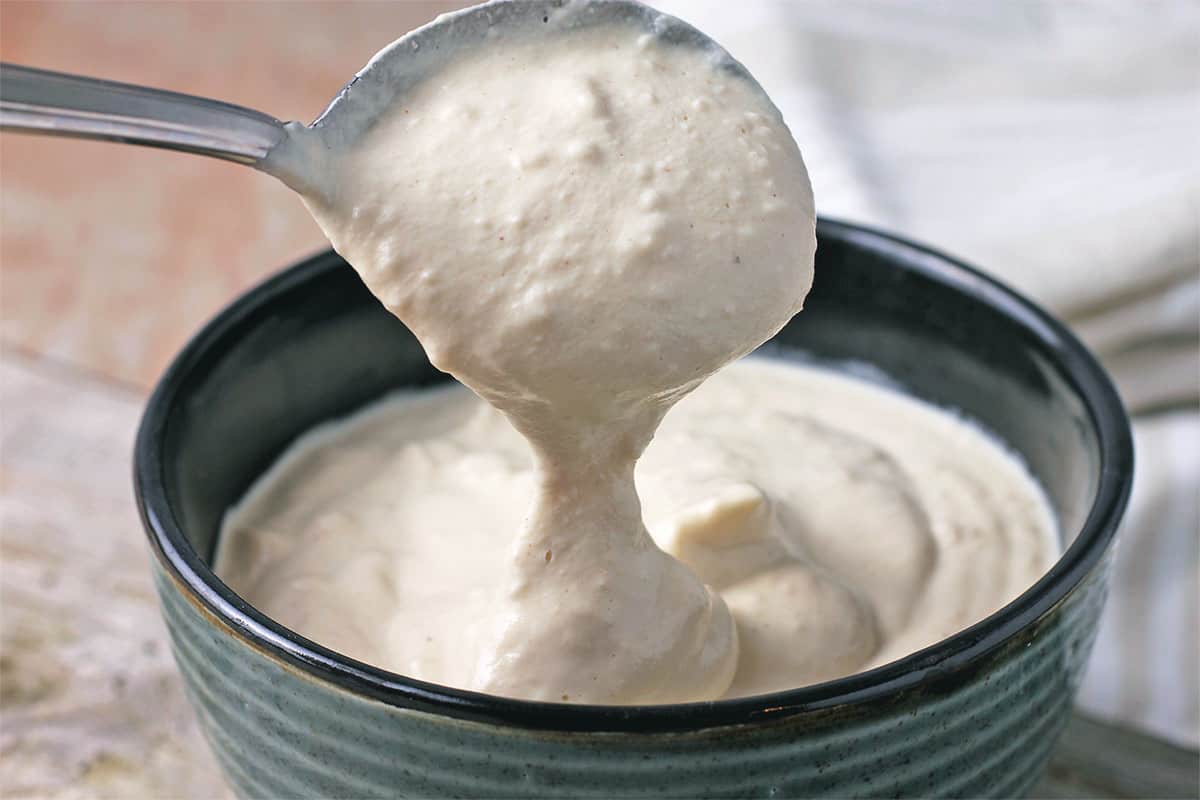
Step 3: Transfer the cashew mixture to a bowl and use a spoon to mix the garlic. Taste and add a little salt if desired.
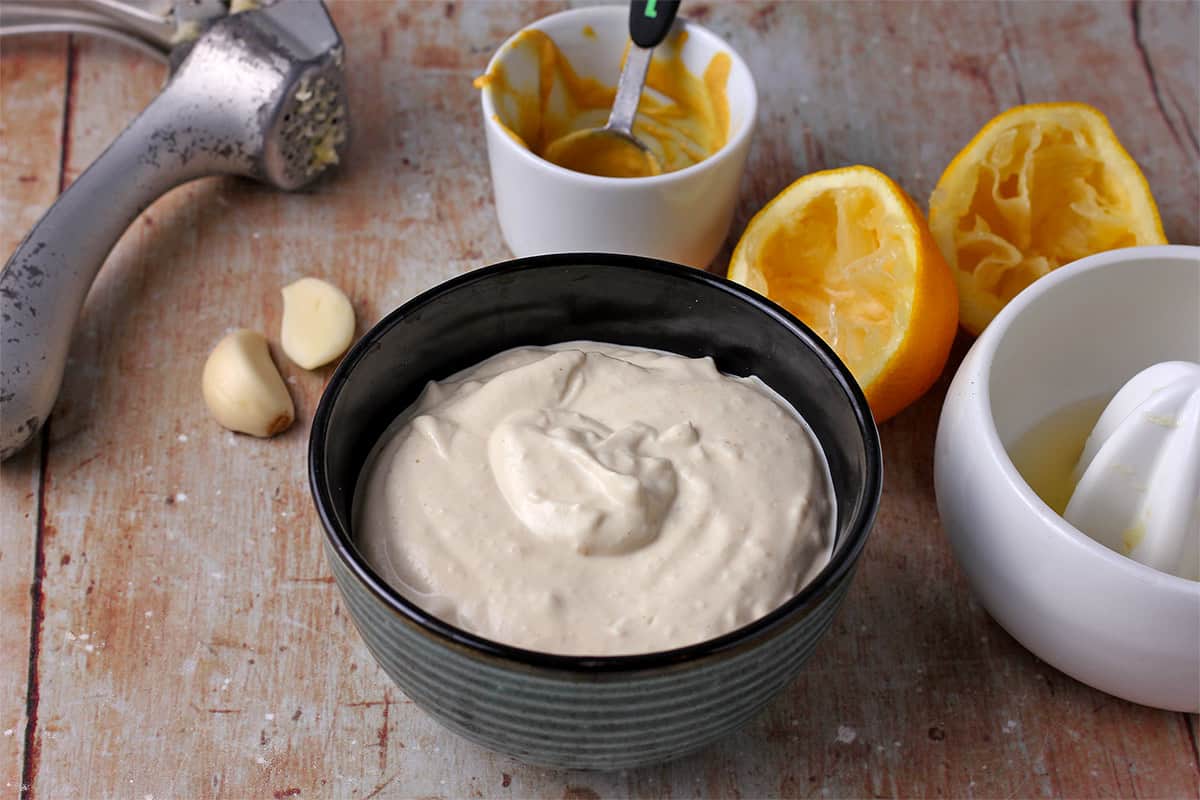
Step 4: Taste, adjust the flavorings and add salt if desired.
Pro Tips
- If you don't have a high-speed blender, I've had good luck getting a smooth texture using a larger spice grinder or an immersion blender (stick blender).
- Instead of soaking cashews, steam them for 10 minutes or grind them into a fine powder. Both methods will yield a smooth sauce, but soaking takes a bowl, and I am clean-up adverse.
- It's easy to overdo the amount of water, so be sure to add a little at a time and always blend after each addition.
- Add salt after adding the garlic. Dijon has a lot of salt; if you've added more, you might only need a pinch.
Serving Suggestions

Your delicious vegan aioli is great for the usual suspects, like sweet potato or french fries, but it also works great as a pasta salad dressing. And we highly recommend it for delicious vegan tofu bacon, lettuce, and tomato sandwiches. When it comes to this creamy sauce, the list is as long as your imagination.
Frequently Asked Questions
Store aioli in an air-tight container or jar with a lid and keep it in the refrigerator. Aioli will stay fresh for about a week. Stir it before serving. Add water or lemon juice to thin it out if necessary.
It's possible to freeze cashew aioli; however, the texture may be thin, and the flavor can diminish after thawing. Freeze it in an airtight container for up to 3 months.
The healthiness of aioli ultimately depends on the ingredients used to make it. Our version using cashews is lower in fat with more nutrients than those made with oil.
Aioli is not always vegan. For this reason, you want to be sure you have a complete list of ingredients or that the container is clearly labeled vegan before determining if it is vegan. Most pre-made aioli will contain oil in one form or another. Your safest and healthiest) bet is to grab your blender and a tried and true vegan aioli recipe.
More Vegan Dipping Sauces
Do you have a question or recipe request or need a cooking tip? Leave a comment below or contact Denise. I’m here to help! If you want more healthy vegan recipes, please subscribe to my newsletter or follow me on Facebook or Pinterest for the latest updates.
If you make this recipe, please leave a ⭐⭐⭐⭐⭐ rating. It’s much appreciated!
👩🏻🍳 Recipe
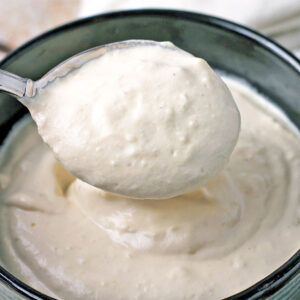
4-Ingredient Vegan Garlic Aioli
Rate this Recipe:
Equipment
- 1 high-speed blender
Ingredients
- 1 cup raw cashews
- 2 teaspoons Dijon mustard - more if desired
- 3 tablespoons lemon juice - more if desired
- ¼ - ½ cup cold water - more depending on desired consistency
- 4 cloves garlic - pressed or minced and smashed
- ½ teaspoon salt - optional
Instructions
- Add 1 cup of raw cashews to a small bowl and cover them with boiling water. Soak the cashews for at least 15 minutes.
- Drain the cashews and add them to a blender along with the mustard, lemon juice, and ¼ cup of water. Blend everything until it is smooth.
- Scrape the sides of the blender, adding more water and blending until you have a consistency you like.
- Transfer the mixture to a bowl, then stir in the minced garlic. You may want to add half the garlic and adjust after tasting it. The garlic flavor will get stronger over time.
- Taste and add salt or adjust the mustard and lemon juice as desired.
Notes
- Don't skip the cashew prepping step. Otherwise, your aioli won't have a creamy consistency. An alternative to soaking the cashews in boiling water is to grind them into a fine powder using a spice grinder. You can also soak them overnight or steam them for 10-15 minutes.
- Store any leftover aioli in an air-tight container in the refrigerator for up to a week.
- If you blend the garlic with the rest of the ingredients, the flavor will be much stronger.
- Use jarred minced garlic at a ratio of ½ a teaspoon for every garlic clove. Using garlic powder will not yield the same flavor as fresh.
- You can also make this recipe using silken tofu or ground sunflower seeds.
Nutrition
Nutritional information is an estimation only.



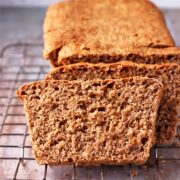

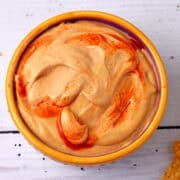
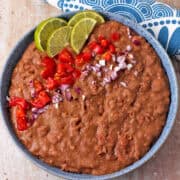
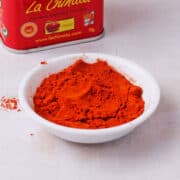
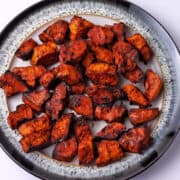
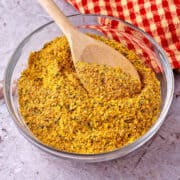
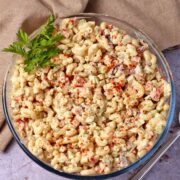
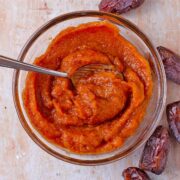
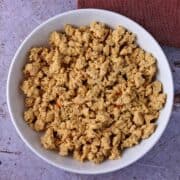
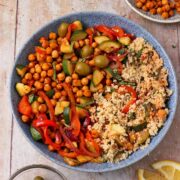

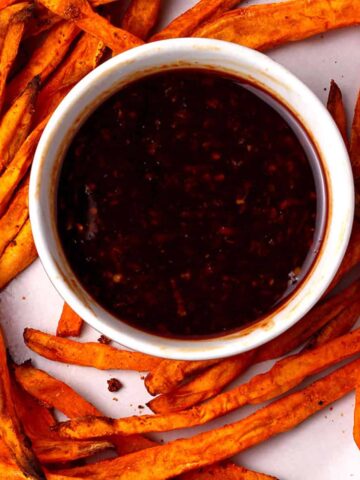
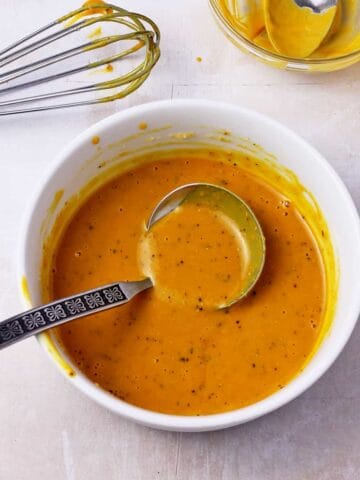
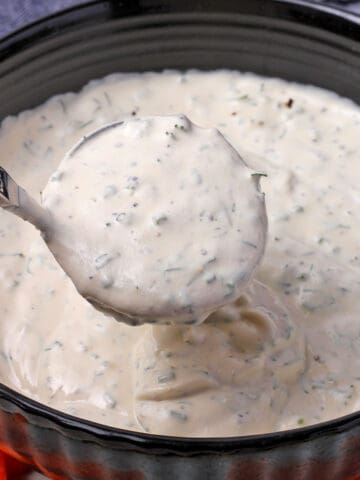
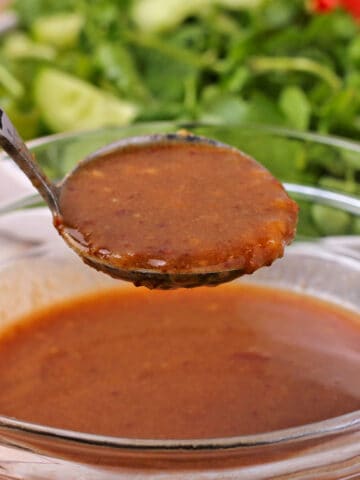
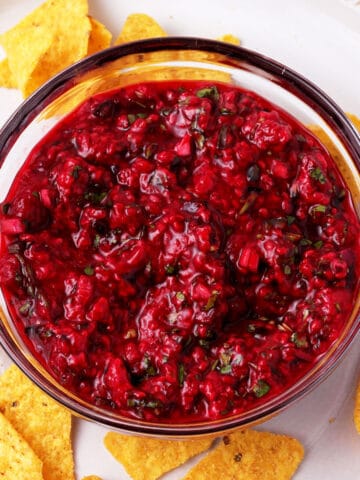
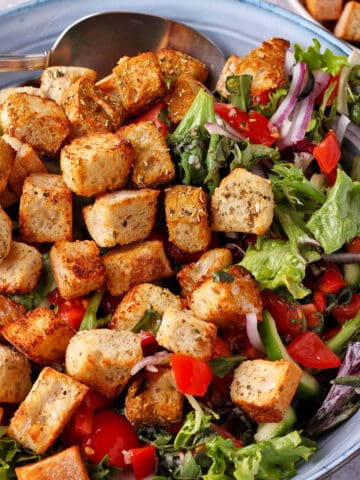
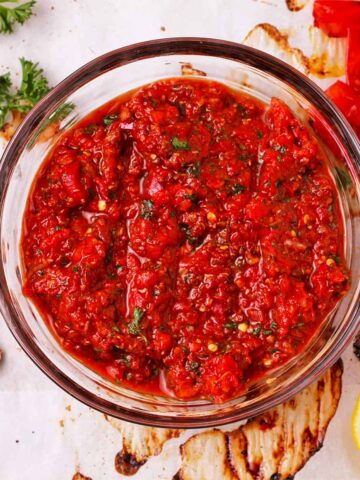
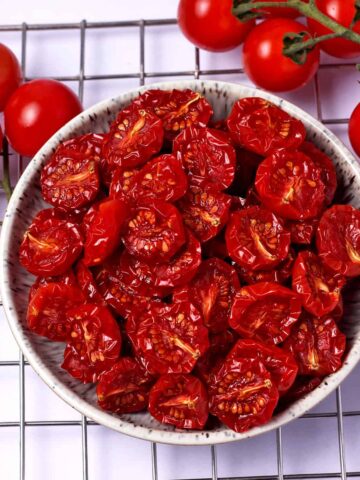
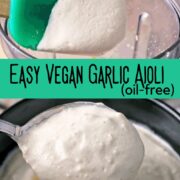
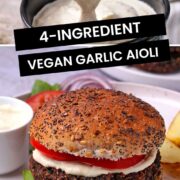
AngelaKin
As a Vegan lover I'd prefer this Aioli 😍
Denise
We make this all the time - so much better than store-bought too. 🙂
Kathy
Love this mayo! Thankyou for an easy egg free & oil free mayo! It's now a regular in our fridge.
Kathy
Love this mayo! Thankyou for an easy egg free & oil free mayo! It's now a regular in our fridge.
Denise
I'm thrilled that you liked this recipe! It's one of our favorites too 🙂